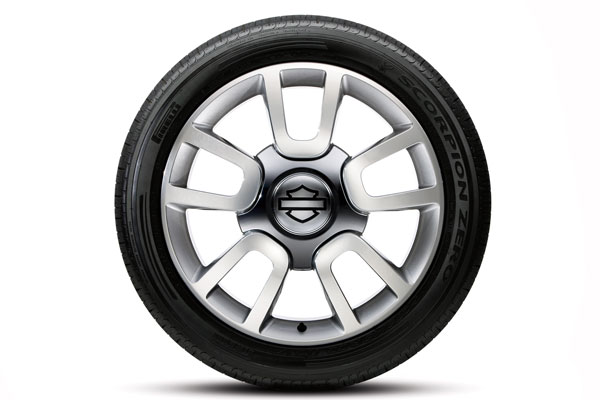Tips for Proper Tire Inflation

Proper tire inflation is essential to not only good fuel mileage, but also to your overall safety. Tire inflation affects a wide range of factors with the vehicle during transit. The handling, cornering, braking and steering are all affected by the inflation level in your tires. The inflation level itself can also be affected by a large number of things including heat, leaks and type of vehicle.
Under-Inflation
When a tire is under-inflated, you run the risk of an accident from slop in the tire that doesn’t keep up with your steering directions. This is also the most common cause of tire failures and tire failure related accidents. Some of the most common results are blowouts, severe cracking and sidewall flexing. All of these things can lead to losing control of the vehicle or a potential rollover in a severe blowout situation. This is generally caused by slow leaks, vehicle load and more. In the least severe situation, an under-inflated tire can lead to sluggish handling and poor fuel efficiency. With constant under-inflation, the life of the tire tread can be decreased dramatically. Your tire should be wearing equally across the tread. Under-inflation will show uneven wear on the outer sides of the tread.
Over-Inflation
Over-inflation is too much air in the tire and this is just as dangerous, It can be spotted by uneven wear on the tight spots of the tread. As with under-inflation, the life of the tire tread is reduced and the overall safety of your handling is compromised. With over-inflation the biggest concern is when you run over potholes and other obstacles. Since the tires are unable to handle these situations properly, it makes the ride rougher and is tougher on the suspension. However, higher inflation in tires does tend to increase the handling and cornering.
Chalk Test
You can use a tire pressure gauge to check the tire pressure and compare it to the type of vehicle you have, your tires and other factors to decide if the tire pressure is accurate or at least close. If you want a quick way to tell if your tires are inflated properly based on how you and your vehicle drive together, use the chalk test. Take a piece of chalk and draw a horizontal line across your tire tread. Pull your vehicle ahead about two to three rotations, enough to make the chalk start to wear off. Take a look at the line.
-If the chalk line is worn off in the middle of the tread, your tires are over-inflated.
-If the chalk line is worn off on the edges, your tires are under-inflated.
-If the chalk line appears to be wearing evenly, your tires are properly inflated.
When you take the time to check your tire pressure on a regular basis you can extend the life of your vehicle, increase your fuel efficiency and increase your safety level, all at the same time.
(Click here to join the tire talk at Ford Truck Enthusiasts’ Forum!)




